How is Gold Mined in Australia: A Deep Dive into the Extraction Process

Gold has fascinated humanity for centuries due to its beauty and permanence. In this blog, we will discuss how gold is mined from the earth through the process of gold mining in Australia. We will look at where gold mining occurs across Australia, the different methods used such as placer mining and hard rock mining, how the mining process works to obtain gold from ore, and more.
What is Gold Mining?
To truly understand how gold is mined in Australia, it's important to first define what gold mining is and why it's carried out. In its simplest terms, gold mining refers to the process of obtaining gold from the ground. More specifically, gold mining can be defined as the resource extraction of gold through various operational methods that aid in the mineral's recovery and refinement from ores and other mineral deposits.
The meaning of gold mining encompasses various practices involved in prospecting for then extraction, beneficiation or processing, and refining of gold from the earth. By breaking down gold mining's definition and meaning, its importance as an Australian industry and a historical economic driver worldwide becomes clearer.
Where is Gold Mined in Australia?
Australia hosts some of the world's major gold mining places, thanks to the vast gold reserves found across its geographic spans. Queensland, Western Australia, and Victoria make up the holy trinity of gold mining locales in Australia. Specifically, the major gold mining places in Queensland include Charters Towers, Cairns, and Broughton.
In Western Australia, key areas are Kalgoorlie-Boulder, Coolgardie, and Eastern Goldfields. Victoria's flagship gold mining districts encompass Bendigo, Ballarat, and Beechworth. These prolific regions have yielded multimillion ounces of gold over decades and continue supplying a bulk of Australia's annual bullion output.
The Different Methods of Gold Mining
There are a few key methods employed in how gold is mined across Australia. The most common approaches involve placer mining and hard rock mining. The following sections will go into further depth on placer mining practices and hard rock mining techniques utilised in Australia's gold fields throughout history.
Placer Mining Method
Traditional placer mining techniques revolve around utilising Prospecting equipment like gold pans, sluice boxes and long toms to sieve through these deposits in search of flecks of free gold. Larger placer mining operations may grade and process mining areas through excavators, equipment and dredges. Placer mining has played a pivotal role in Australian gold rushes of the past due to the rich placers yielding gold with just simple equipment and minimal capital investments.
Hard Rock Mining Method
Hard rock mining differs considerably from placer mining due to mining the gold-bearing ore by Precisely finding and extracting from the stone source itself. Key techniques involve prospecting rock formations through geological data and surface exploration. Once promising deposits are identified, tunnels and shafts are sliced and driven deep into the earth leveraging drilling and blasting methods. Gold-laden ore was excavated and then hauled upward for processing.
By-product Mining Method
Another approach employed in Australian gold mining is through by-product operations. This involves recovering gold as a secondary product when targeting primarily copper, zinc or other metals. Specifically, ore bodies mined for their base or primary metal value may also contain economically significant amounts of gold within the mineralised material.
In-situ Leaching Method
Commonly called ISL mining. This process involves selectively dissolving near-surface gold deposits still in place within the ground. At operating sites, a leaching solution, typically made with alkaline chemicals like sodium cyanide, is injected through wells drilled into the permeable ore zone. This causes the gold to be mobilised from rock fractures into the liquid stream.
Gold Mining Process
- Ore extraction via mining methods such as underground & open pit haulage to surface facilities
- Ore crushing and grinding to reduce particle size for further processing
- Concentration or separation of gold ore through techniques including gravity separation, flotation, or amalgamation to enrich gold content
- Leaching using a chemical solution like cyanide to dissolve gold out of crushed ore particles into a pregnant leach solution
- Gold precipitation where recovered gold is made into a solid form like filter cake or doré bar
- Refining of gold bullion to expected market purity standards such as "good delivery bars" through smelting or other means
- Assaying and testing of refined gold to determine and confirm gold purity and payment quality
- Tailings or waste management from processing through safe storage or reuse in backfill
- New emerging technologies progressively enhance gold recovery efficiency and yield
The Environmental Impacts of Gold Mining
While gold mining plays an important economic role, operations can potentially impact the environment if not properly managed. Key issues include sediment-laden water discharged from mining sites impacting aquatic ecosystems, air pollution from mining equipment combustion emissions, soil and water contamination risks from tailings storage facilities or leach solutions, and loss of wildlife habitats and vegetation from open pit mining and land clearing.
By-products like mercury and cyanide used in processing also require careful handling and treatment to limit toxicity. Modern miners combat such effects through pollution controls, monitoring programs, habitat restoration projects and alternative technologies.
Overall industry adherence to regulations safeguards local communities and natural assets for future generations as gold production continues meeting demand. Sustainable and responsible mining approaches help strike a balance between environmental protection and economic contribution.
Gold Mining Future in Australia
As global demand for gold retains strength driven by technology and investment sectors, mining analysts forecast ongoing prominence for the Australian industry in the coming decades. Areas like Western Australia host multibillion-dollar mine expansions and discoveries that will prolong major operations.
Elsewhere, advanced exploration techniques together with high gold prices potentially unlock multiple smaller, technically challenging deposits. Innovation also fosters improved economics like method hybridization, autonomous operations and global resource agglomeration. A skilled local workforce and established infrastructure further Australia's appeal.
Addressing sustainability likewise underpins social license as miners increasingly power activities through renewable energy and carbon abatement. While market volatilities remain, consolidated planning positions Australia to continue a major supplier role in the gold mining future with the potential for increased domestic fabrication too.
Final Words
In summary, this content has provided an overview of the main methods employed in gold mining across Australia, from traditional alluvial placer activities to modern hard rock and in-situ leaching approaches.
Gold remains an invaluable commodity and Australia's gold mining industry has played a pivotal role in our nation's economic prosperity throughout the 19th and 20th centuries. With continued innovation, adherence to regulations and focus on more sustainable practices, analysts foresee strong ongoing production levels and contributions.
Categories
Latest Posts
-

Digital Gold vs. Physical Gold: A Comprehensive Guide
March 1, 2024 -

How is Gold Mined in Australia: A Deep Dive into the Extraction Process
February 21, 2024 -

How To Get The Most Money For Your Gold Jewellery
February 15, 2024 -
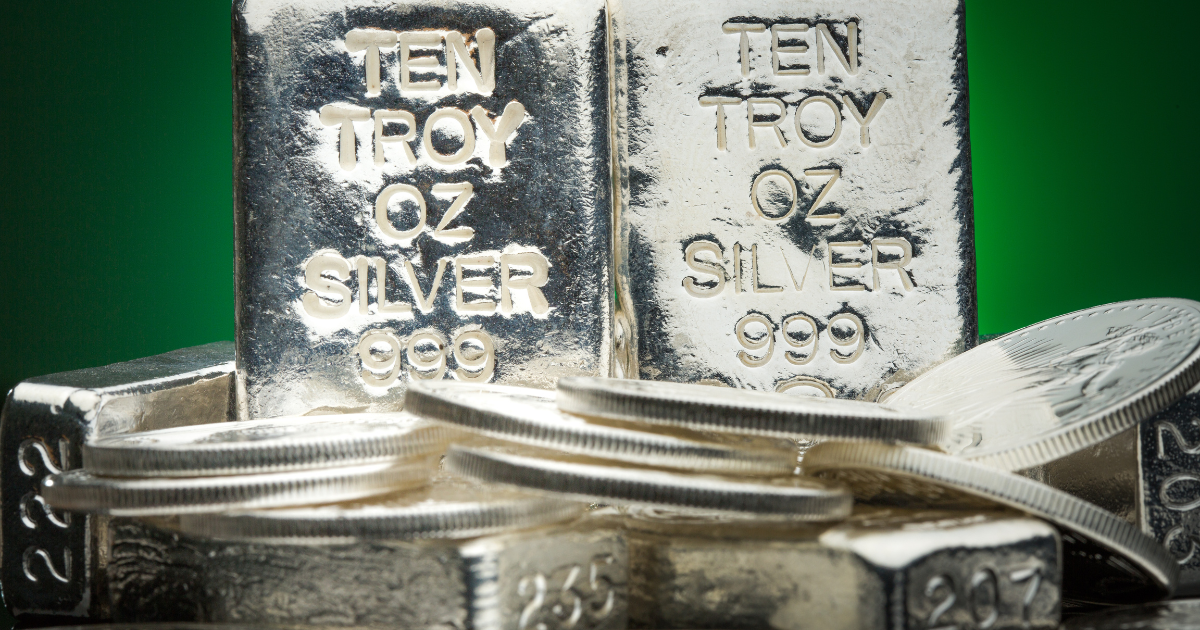
Beginner’s Guide on How To Sell Silver in Australia
February 7, 2024 -

How To Invest in Silver in Australia For 2024?
January 31, 2024 -
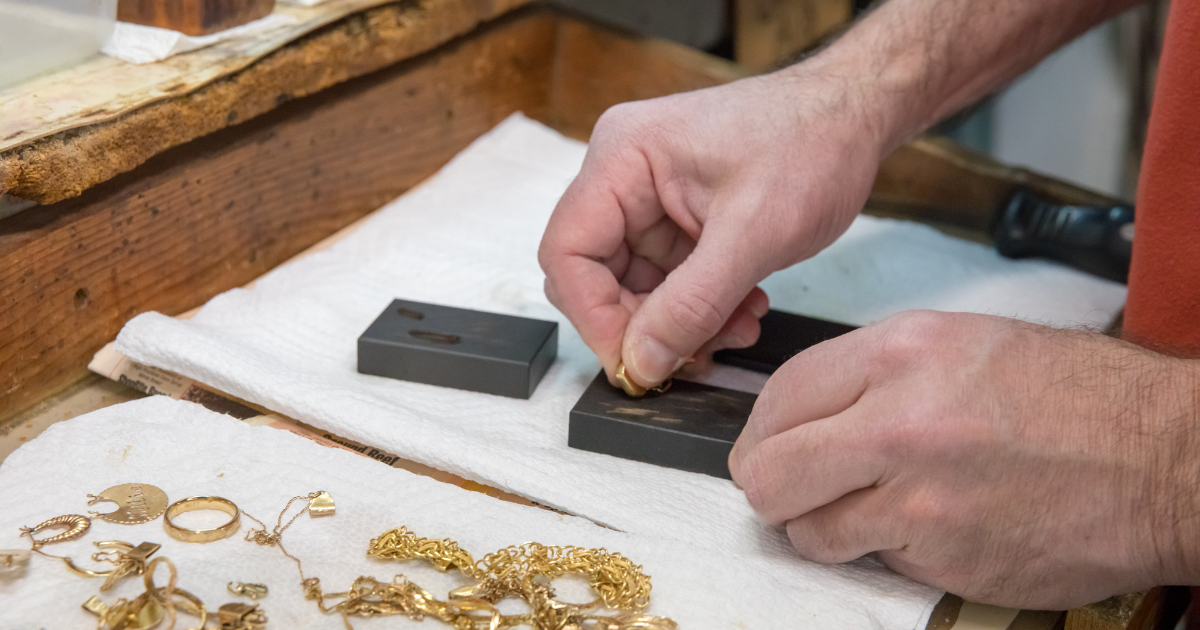
How Gold is Tested? All You Need To Know
January 25, 2024 -

Gold Bullion and SMSF – All You Need To Know
January 19, 2024 -

Cast Bars vs Minted Bars – Clear Comparison
January 10, 2024 -
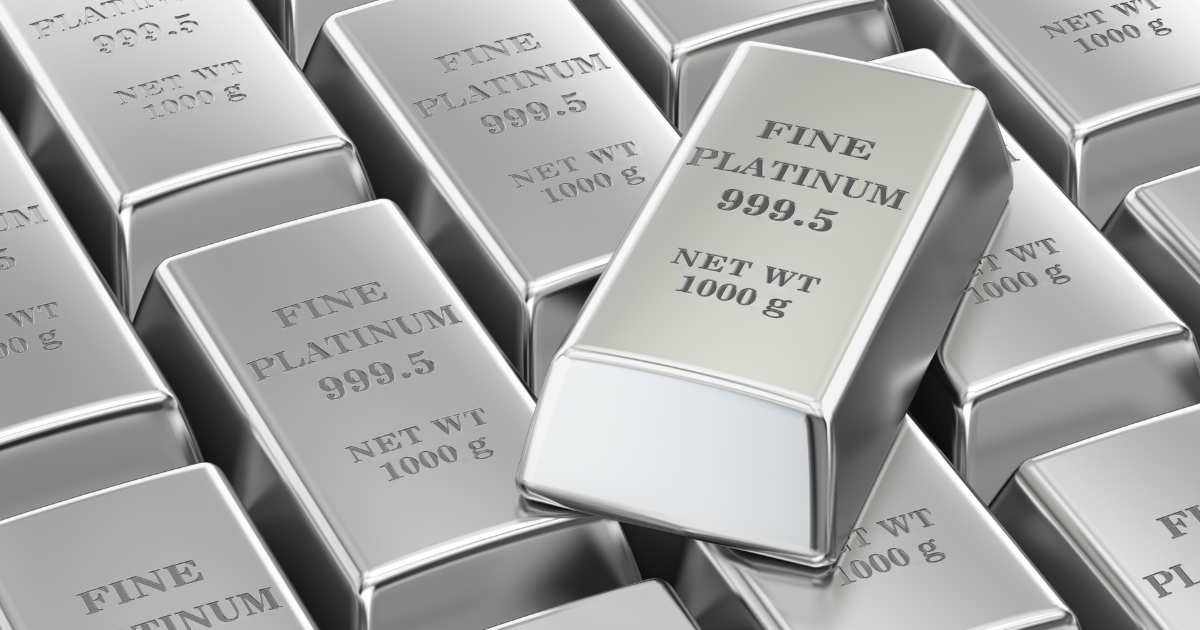
What is Platinum?
January 2, 2024 -

How To Invest in Gold ETF
December 21, 2023 -

The Largest Gold Nuggets Ever Found
December 18, 2023 -

What is Digital Gold and How Does it Work?
December 13, 2023 -

Best Ways To Invest in Gold in Australia
December 7, 2023 -

How Much Gold is There in the World?
November 29, 2023 -

Where and How To Store Gold and Silver?
November 23, 2023 -

The Relationship Between Gold and Inflation Over the Australian History
November 16, 2023 -

How Does Gold Refining Work?
November 9, 2023 -
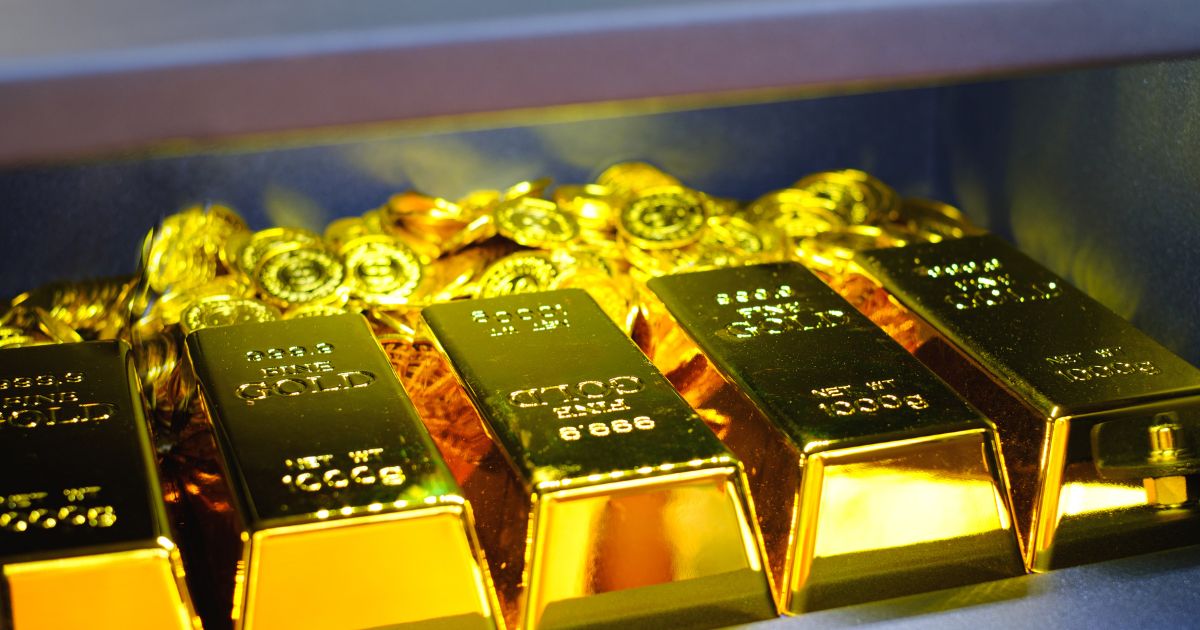
Gold Bars vs Gold Coins: What Should You Buy?
November 1, 2023 -
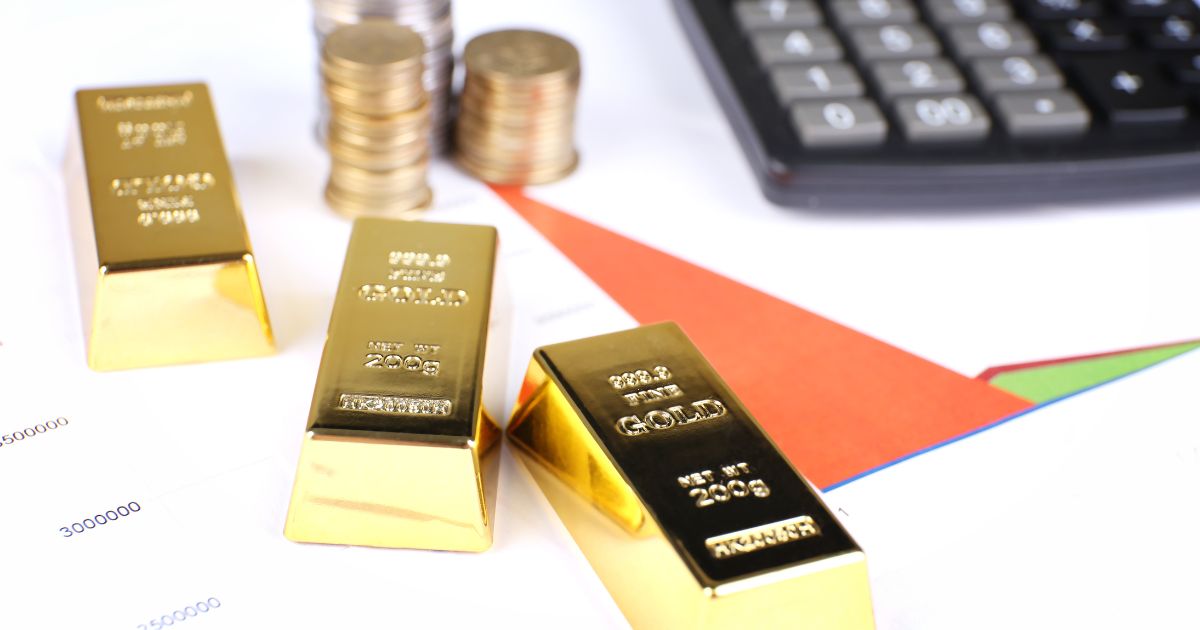
Know The Cheapest Way To Buy Gold
October 25, 2023 -

Why Invest in Gold? Top Reasons to Consider
October 18, 2023 -

How Much Gold Can You Buy Without Reporting in Australia?
October 15, 2023 -

The Best ASX Gold Stocks in Australia For 2023
October 9, 2023 -
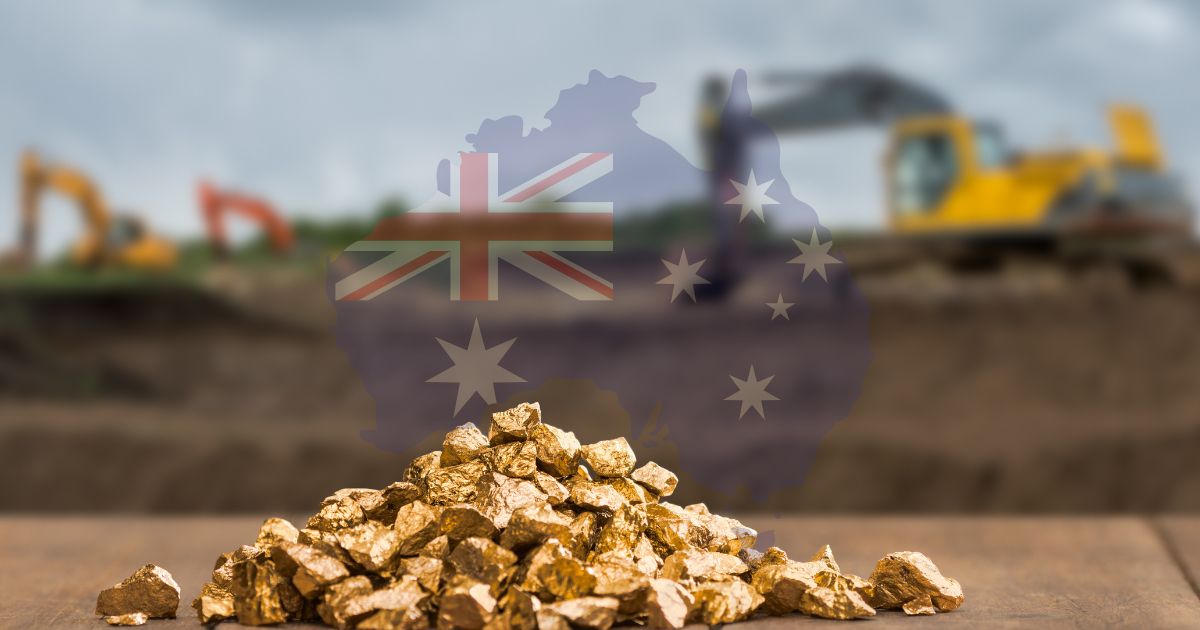
Top 10 Australian Gold Mining Companies in 2023
October 5, 2023 -

How to Sell Jewellery in Australia?
October 4, 2023
 07 4939 0239
07 4939 0239